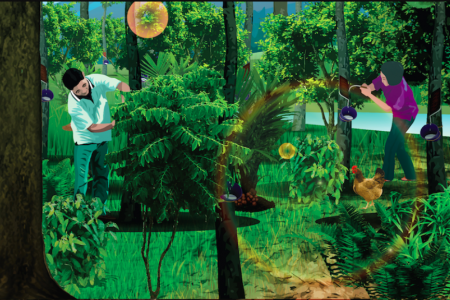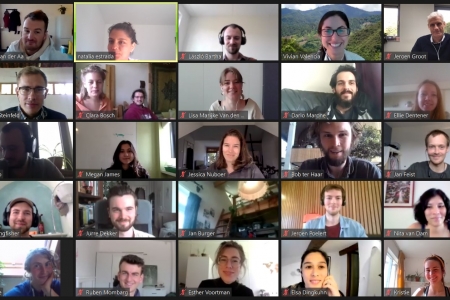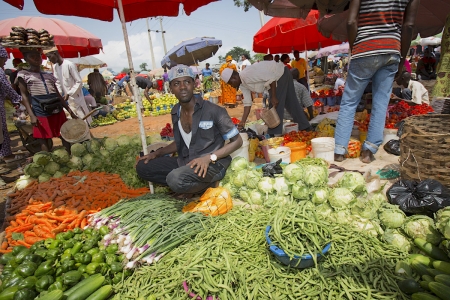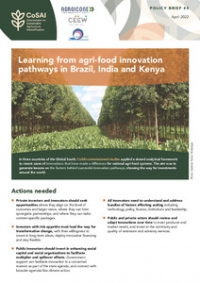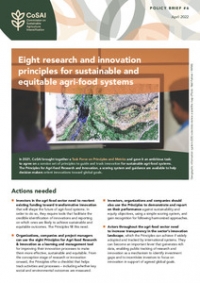The Ayeyarwady Rivers lies at the economic, spiritual and cultural heart of Myanmar. For centuries the river’s diverse and productive ecosystems have provided a wealth of natural resources supporting the livelihoods of millions of people living along the banks of the river and its tributaries.
As Myanmar develops the relationship between the river’s stakeholders and the underlying biophysical system is changing. New stakeholders are emerging with new values and needs and placing new demands on the river and new pressures on the integrity and health of the system. In this context, efforts to understand the health of the river ecosystems and the values which different stakeholders ascribe to the goods and services derived from the river system will help set a bench mark of how development decisions at the national, provincial and local level will impact on different user groups.
Understanding river health requires monitoring of spatio-temporal trends in the ecological condition of the river and its capacity to continuing providing users with the goods and services they value. The Healthy Rivers initiative will draw on the partner’s Mekong and global experience with River Health Frameworks (RHF) to tailor a framework suitable for the Myanmar-context, where conventional river monitoring is rarely available and government and community stakeholders need to draw on alternatives. Informed by international best-practice, the Myanmar RHF will also be an innovation to the field, exploring new opportunities for monitoring river health from space (remote sensing, global data-sets) and from the river bank (community-led citizen science techniques) to:
(a) ensure understanding of the river is improved even in data poor contexts like Myanmar; and
(b) empower stakeholders at all levels, from government sectors to community users, to engage in debate on river development and planning from a firm foundation of scientific evidence behind the planning trade-offs and synergies.
The ICEM-led Healthy Rivers Ayeyarwady project has been developed in close collaboration with the IWMI–led Healthy Rivers Salween project. Both projects are proposed for implementation with the same national partners the Myanmar Institute for Integrated Development (MIID) and ECCDI. At the national level the two projects will work in full partnership to jointly develop a national RHF for Myanmar which uses GIS and remote sensing techniques to characterise trends in river health of relevance to national stakeholders from government, civil society and private sector. The visions and needs for a healthy river system will be compiled from different river user groups – water supply for industry and domestic use, waste water treatment and disposal, irrigation, hydropower, navigation, tourism, fishermen, and riparian farmers. An assessment and classification system will be derived to determine the health status and potential of rivers as measured by the condition of specific biological, hydromorphological, physical and chemical elements.
Basin scale assessments of current water resources utilisation, water balances and catchment disturbance will be derived through remote sensing. This information will be used to characterise and zone the river system, identifying both: “hot spots” of river health issues and conflicting stakeholder values and uses; and “sweet spots” - areas of exceptional ecological integrity and value. The basin wide assessment will be data and technology heavy and project leaders ICEM and IWMI will work closely with a new GIS/mapping unit established within MOECAF to jointly undertake the assessment, handing over a valuable, organised, GIS knowledge base to a key government stakeholder in watershed management.
Then, through a stakeholder-defined process, the project will also work at the river-bank level implementing community monitoring programs that empower local communities to understand and assess the health of the ecosystems which have been identified of high value to their way of life. Through this project our partners MIID and ECCDI with support from ICEM will lead a series of visioning exercises with Ayeyarwady communities to identify priority reaches and ecosystem services for monitoring. Based on these visions, riparian communities located along designated reaches, will use effective, low-technology monitoring and survey techniques to establish river health baselines, indicators and pilot monitoring programs that reflect local concerns and priorities.
This citizen science component will enable local people (ethnic groups, women and men) to contribute to the RHF by identifying key issues of concern to them, participating in the monitoring of their own rivers and making a preliminary evaluation of the health of water bodies in their community. The selection of indicators, at the different scales, will be guided by their relevance to important environmental/livelihood assets and values, and their likely response to different drivers of change.
These pilots will be selected to reflect the breadth of varied uses of the Ayeyarwady system with some focussing on water quality and sediment issues, others on benefits from key habitats such as wetlands and riverbank garden, and others on aquatic products such as fish. The visions for a healthy river held by women will be explored through community focus group discussions, leading into the monitoring of the preferred indicators which reflect this women's vision of river health.
A specific study will draw together the uses and dependencies of a healthy river by women and children, and the River Health Framework resource kit will contain sections on developing gender-orientated river health monitoring The ICEM led pilots in the Ayeyarwady will be complemented by a parallel set of field pilots led by IWMI in the Salween. After one year of piloting the two projects will bring together stakeholders at the national level and facilitate a process of dialogue to allow local level stakeholders to share their experience and to help national and local level stakeholders understand the trade-offs and synergies between valued uses of Myanmar’s rivers.
The proposed cooperation between ICEM and IWMI at the national level also allows the national RHF to draw on twice as many field trials covering a more diverse range of users and ecosystem goods and service, thereby ensuring a more robust national framework. The national and community level experiences of the project will be consolidated into a Myanmar National River Health Framework (RHF). At the national level, recent developments within Myanmar government provide two important entry points for our RHF.
First the role of the recently established Environmental Conservation Department (ECD) in the development of a Myanmar Water Framework Directive provides an opportunity to apply the RHF, its indicators and participatory monitoring to integrate ecosystem services into the Water Framework Directive. Second, recent efforts by the National Water Resource Council to develop integrated basin master plans in the rivers and tributaries of Myanmar offers an opportunity for the RHF to provide evidence on the status and tradeoffs between river users as the foundation for integrated resource planning. Last, recognising that a healthy rivers monitoring program needs an on-going, long-term commitment, the two projects will then jointly support government partners to develop follow-on project proposals and lobby development partners to support in rolling out the RHF.

